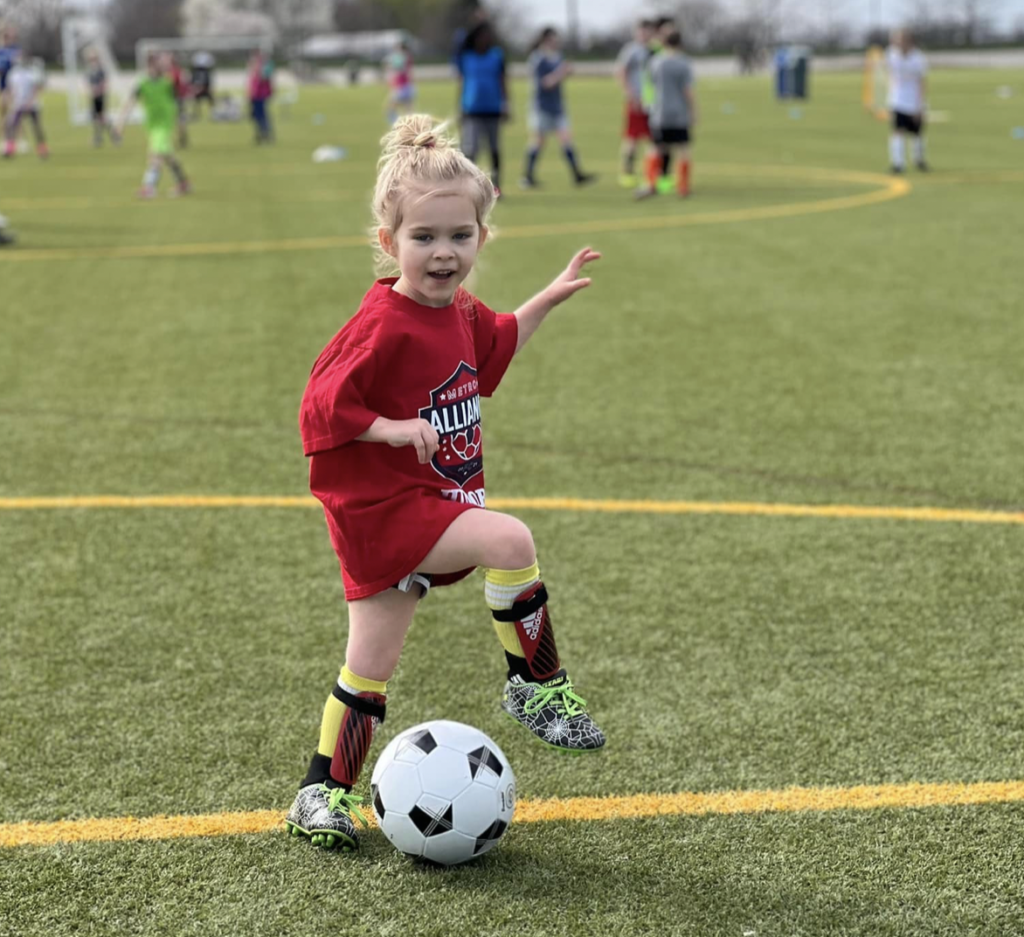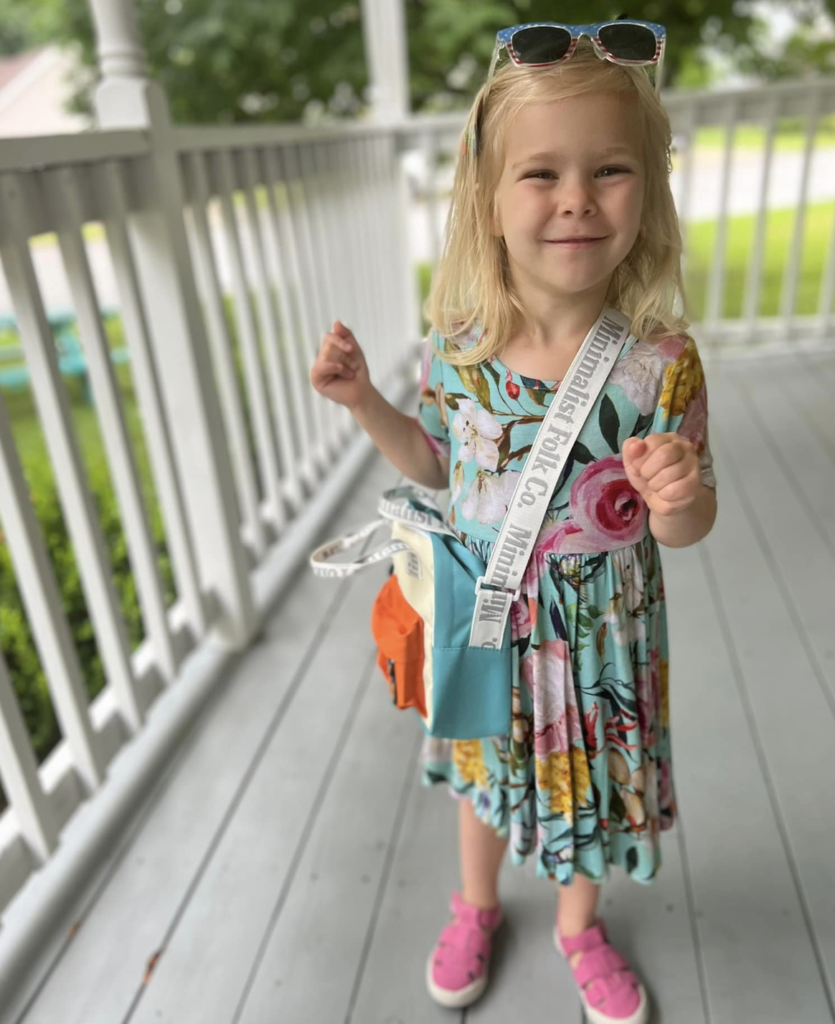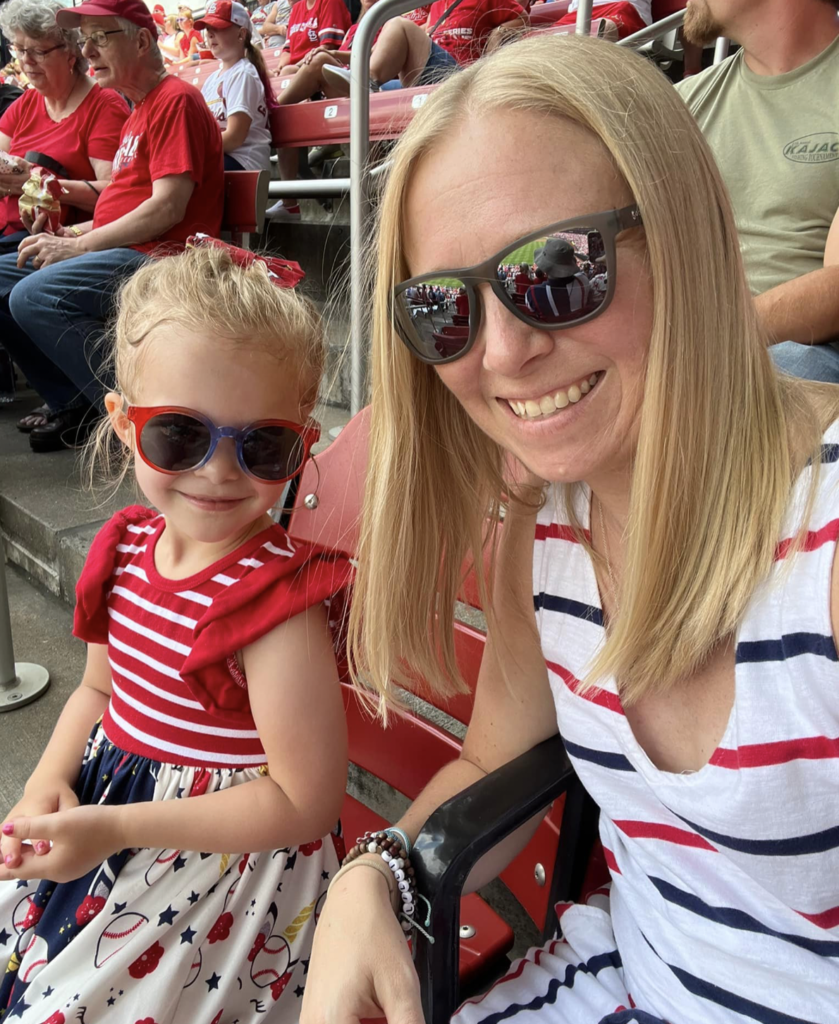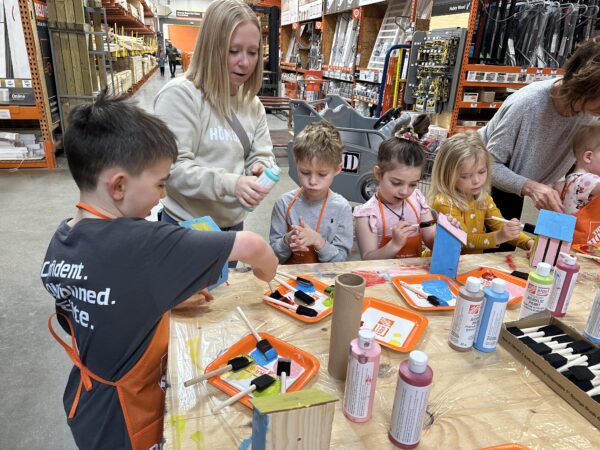July 2nd is a special day in our house because it is International Disorders of the Corpus Callosum Awareness day. The day falls smack dab in the middle of the year, just like the corpus callosum is the middle of the brain. Yet, I bet some of you have no idea what a corpus callosum is or does! Neither did we until Miss Lillie entered our world.
With a flurry of doctors appointments and additional scans from 33 weeks pregnant until, well, still today, Lillie’s missing corpus callosum allowed us to learn so much more about the brain than we ever knew.
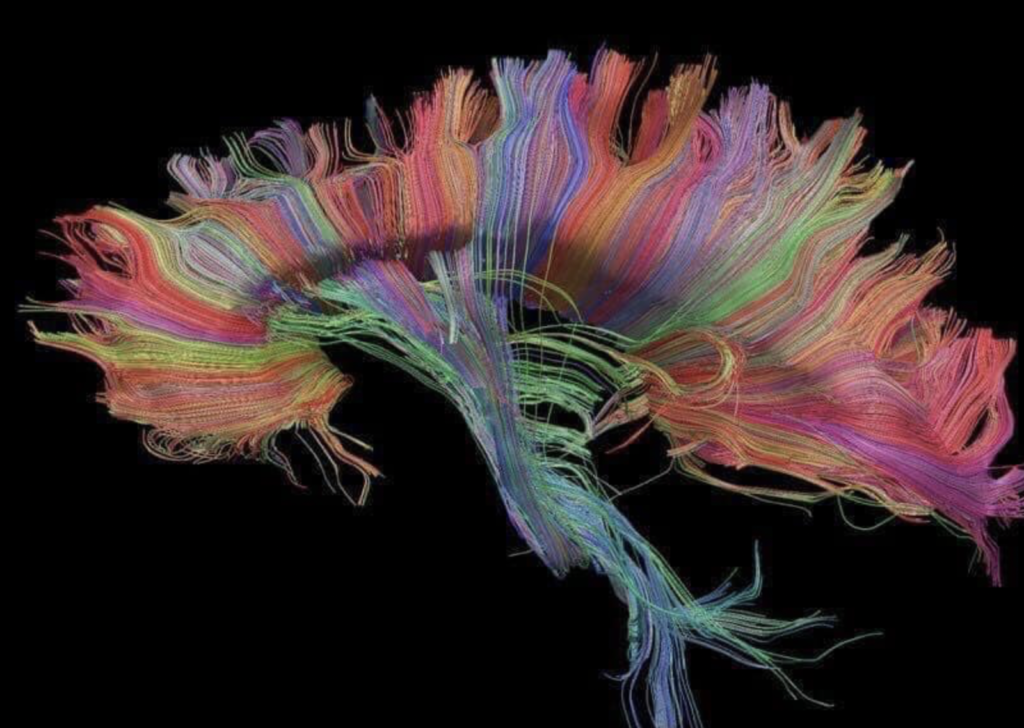
The corpus callosum connects the left hemisphere of the brain to the right hemisphere. The connection allows information to pass between the two halves, and it is the largest connective pathway in the brain, being made up of more than 200 million nerve fibers.
Sometimes, the corpus callosum doesn’t develop or doesn’t develop fully. It likely affects about 1 in every 2500-4000 people. More people are being diagnosed with it now because prenatal imaging technology have gotten so much better. Some adults don’t find out they have it until they hit their head or are in an accident and discover it during an MRI.
Lillie has complete agenesis of the corpus callosum (C-ACC), which means her corpus callosum is completely missing. We still don’t know why her corpus callosum didn’t form; however, it is most likely due to genetics. Unfortunately, genetics are in their infancy stage of research with her condition so we may find out down the road why this happened. We also may never know why. If the corpus callosum has not grown properly during fetal development, then it never will. There is no direct treatment for agenesis of the corpus callosum.
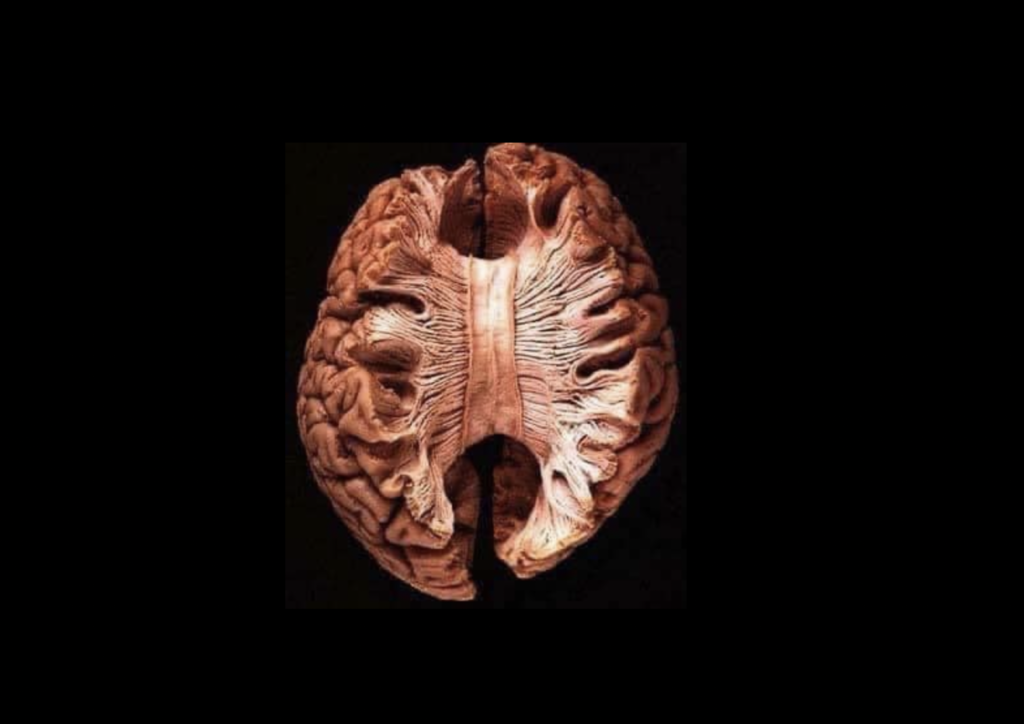
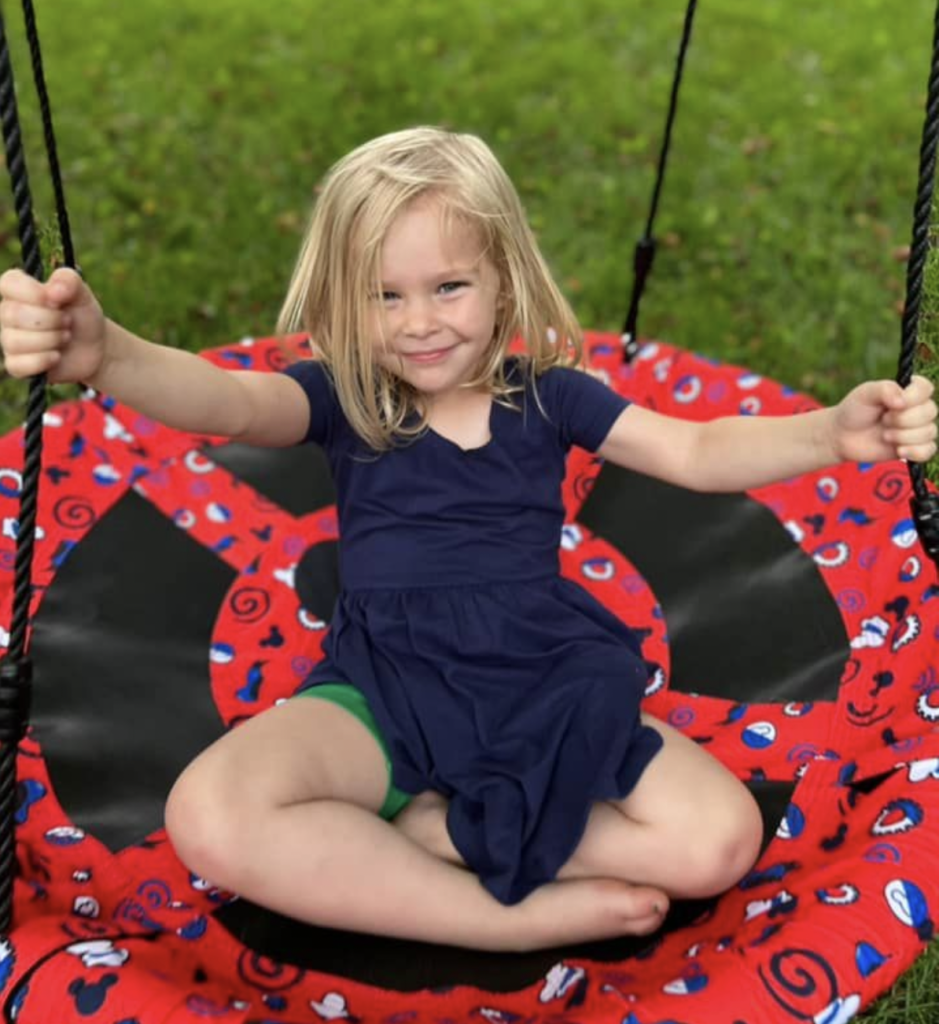
There’s a huge spectrum of presentation for children and people with agenesis of the corpus callosum. Some of the characteristics of this condition can be:
Physical or health-related:
- vision impairments
- low muscle tone
- difficulty feeding
- abnormal head and facial features
- high tolerance to pain
- problems sleeping
- seizures
- hearing impairments
- chronic constipation
Cognitive:
- learning disabilities
- intellectual disabilities
- problems reading facial expressions or voice tone
- difficulty with problem-solving and complex tasks
- lack of ability in assessing risk
- difficulty understanding abstract concepts
- problems understanding slang or sarcasm
- difficulty understanding emotions
- giving untrue information but believing it is true
Developmental:
- delays in milestones, such as sitting, walking, riding a bike
- delays in speech and language acquisition
- clumsiness and poor coordination
- delayed toilet training
- Social and behavioral
Particular social and behavioral:
- social immaturity
- lack of self-awareness
- difficulty understanding social cues
- problems understanding others' perspectives
- finding it hard maintaining attention
- hyperactivity
- lack of fear
- obsessive or compulsive behavior
While Lillie has displayed very few characteristics that is common with ACC, we know that many issues can arise later in childhood and into adulthood. It is very much a “wait-and-see” diagnosis and every milestone is celebrated in a different way for her. We are so thrilled and thankful for her progress. The amazing thing about the brain is its ability to rewire itself, and even with a large portion missing can find a way to function normally. Thank you neuroplasticity!!!
I have two reasons for posting this today.
- The first is to bring awareness to this condition. It’s scary to hear the words that your child has such a broad condition, and it doesn’t have to be. I have met mothers (and fathers) from all over the world with a doom-and-gloom diagnosis and they are scored, and they don’t have to be at all.
- The second is to point out that not all disabilities are obvious. That kid that seem too old for tantrum. The child that looks too old for a stroller. Shouldn’t they be potty trained by now? The list goes on. Sometimes people can appear “normal” but have delays that make managing their behaviors or long days using gross motor skills impossible for them. So if you ever see a parent struggling with their child, don’t assume you’re seeing bad parenting. You could be seeing an awesome parent pushing through just another day with their special needs child.
Hopefully we can all try to have a little more compassion and understanding. I wish we could go back and see the doctors that looked at me with pity and worry at each prenatal appointment and tell them that having a child with a brain disorder is ok. It is not the scariest thing in the world. Yes, there is some fear and sadness, times of frustration and unknown, but the joy and happiness outweighs that.
Everyone in this world has value and worth and it’s up to us to make sure those with different abilities are supported and have a place in society.

